
What software-enabled vehicles mean for manufacturers, drivers, and passengers
Imagine a world where car maintenance no longer requires a trip to a car dealership, where updates can be done in a timely fashion with the touch of a button or a phone call. In this world, your car lasts for years, and you may not need to buy a new car when it feels outdated, or you want new features. Features that might be unimaginable now, such as the rear seat turning into a fully functional second office with Wi-Fi® and webcams, are possible.
We already live in this world. A software-defined vehicle (SDV) is a vehicle in which software controls the vehicle's operation, design, and user experience, rather than relying solely on hardware. The adoption of a "software first" design philosophy enables manufacturers to improve vehicles over time and provide new experiences and customized services for drivers and passengers.
While we are still in the early days of SDV adoption, it is gaining momentum. Manufacturers are actively embracing the SDV architecture, which is poised to transform the consumer driving experience as well as the entire automotive industry.
Next, let's look at three ways that SDVS could affect the future of the automotive industry.
Increased collaboration between technology companies and car manufacturers
In electrical engineering, electronic equipment is divided into different parts, called zones. Cars can perform a variety of different functions by region, from steering to playing the radio. These areas benefit manufacturers because they can centralize all these functions into three or four boards, reducing the complexity of wiring and improving design efficiency. As a result, the front area can perform functions such as wiper control, seat control, steering control and headlight control.
A regional architecture simplifies the management of software systems, reduces overall latency and increases flexibility for updates and modifications, and is therefore the first step in building an SDV. Reducing multiple boards to just three or four areas enables and simplifies software updates.
At the core of each region are semiconductors. That's why TI works closely with automakers to provide technologies that enable these vehicles to run on software systems, such as intelligent power distribution at a variety of temperatures, scalable computing solutions for monitoring signal conditioning of sensors, and communication interfaces for in-vehicle networks such as controller LAN, local interconnect networks, or Ethernet. A highly integrated radar chipset helps prevent accidents through Advanced Driver assistance systems (ADAS), and real-time monitoring in the battery management system monitors voltage, current, and temperature to determine when the battery needs servicing.
SDVS can centralize software and separate hardware from software, enabling rapid innovation. Software utilizes data from processors, microcontrollers (MCUS) and sensors to optimize overall vehicle performance and help improve safety, such as ADAS or battery monitoring and customization. As the industry designs chips that become smarter and can be programmed or modified to adopt new features, design engineers must write software for them.
A software-first approach
In the world described above, everything is at the touch of a button. To create this world, design engineers must first think about software to make cars flexible and customizable. The core of an SDV is continuous improvement and new features, even after the vehicle has been purchased and is on the road. The separation of hardware and software allows manufacturers to reduce time to market. The hardware team can launch first, while the software team can launch the product in parallel and in stages, constantly adding features to the product.
Similar to how smartphones are updated, manufacturers can constantly update and improve the software. The continuous updating of the SDV can extend the time that the driver uses the vehicle. Because the electronics in the car are so advanced, the driver can browse and choose new software upgrades offered by the manufacturer.
Software-based vehicles not only provide users with the intelligence they need to enjoy the vehicle, but also enable automakers to push features to fix errors (reducing the need to interact with the vehicle) or receive advanced diagnostics about the vehicle. Hardware implementation to a regional architecture reduces the total number of boards and operations required, reducing costs for manufacturers and enabling customers to solve their problems remotely without having to visit a dealer's service department.
New business model opportunities
SDVS have the ability to adapt to different types of driving algorithms and preferences. If you need to drive autonomously, the SDV can implement a feature that stops in front of your favorite coffee shop every morning on your way to work. If multiple different family members share a car, users can set different music or air conditioning preferences in the SDV depending on the person in the driver's seat.
These examples provide additional revenue stream opportunities for manufacturers. When drivers choose to use these enhancements, manufacturers can seamlessly integrate them into the vehicle, receiving payments just like a subscription-based model.
Look around, and you'll see that everything is getting smarter. SDVS can support the integration of AI into vehicles to create deeper connections with other devices and industrial infrastructure. For example, an electric vehicle can communicate with your home and power your home through vehicle-to-grid or vehicle-to-residence communication.
For both users and manufacturers, SDVS are clearly transforming the automotive industry, and there is much more to come as the industry continues to embrace this core.
The Products You May Be Interested In
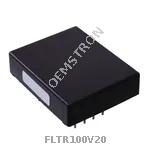 |
FLTR100V20 | LINE FILTER 75VDC 20A TH | 123 More on Order |
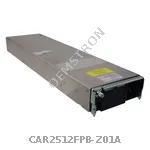 |
CAR2512FPB-Z01A | AC/DC CONVERTER 12V 2500W | 111 More on Order |
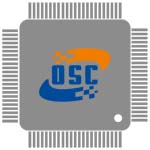 |
AXH010A0Y3 | DC DC CONVERTER 1.8V 18W | 322 More on Order |
 |
AXH010A0F9-SRZ | DC DC CONVERTER 3.3V 33W | 345 More on Order |
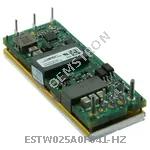 |
ESTW025A0F641-HZ | DC DC CONVERTER 3.3V 83W | 250 More on Order |
 |
ATM020A0X3-SR | DC DC CONVERTER 0.75-2V 40W | 125 More on Order |
 |
JNW350R841-18TZ | DC DC CONVERTER 28V 350W | 364 More on Order |
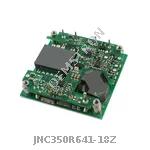 |
JNC350R641-18Z | DC DC CONVERTER 28V 350W | 308 More on Order |
 |
QRW025A0A741-HZ | DC DC CONVERTER 5V 125W | 455 More on Order |
 |
QRW035A0F61 | DC DC CONVERTER 3.3V 116W | 337 More on Order |
 |
NXA025A0X-S | DC DC CONVERTER 0.8-5.5V 138W | 358 More on Order |
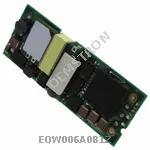 |
EQW006A0B1Z | DC DC CONVERTER 12V 72W | 200 More on Order |
 |
SE014S110 | DC DC CONVERTER 110V 14W | 178 More on Order |
 |
QW020A0Y | DC DC CONVERTER 1.8V 36W | 115 More on Order |
 |
QPW060A0P1 | DC DC CONVERTER 1.2V 72W | 170 More on Order |
 |
MH005CL | DC DC CONVERTER +/-15V 5W | 374 More on Order |
 |
JW060ACL | DC DC CONVERTER 5V +/-15V 60W | 459 More on Order |
 |
EQW020A0F1 | DC DC CONVERTER 3.3V 66W | 337 More on Order |
 |
DW025CL-M | DC DC CONVERTER +/-15V 25W | 193 More on Order |
 |
CW025ACL-M | DC DC CONVERTER 5V +/-15V 25W | 432 More on Order |
 |
CC030A-M | DC DC CONVERTER 5V 30W | 304 More on Order |
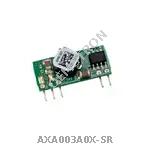 |
AXA003A0X-SR | DC DC CONVERTER 0.8-5.5V 16W | 436 More on Order |
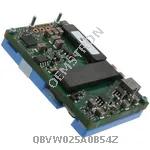 |
QBVW025A0B54Z | DC DC CONVERTER 12V 300W | 358 More on Order |
 |
ESTW025A0F41Z | DC DC CONVERTER 3.3V 83W | 445 More on Order |
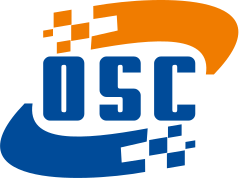
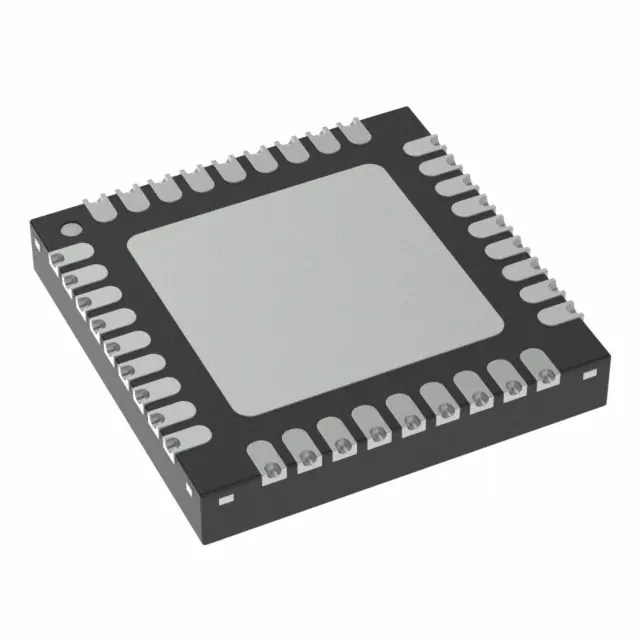 Semiconductors
Semiconductors









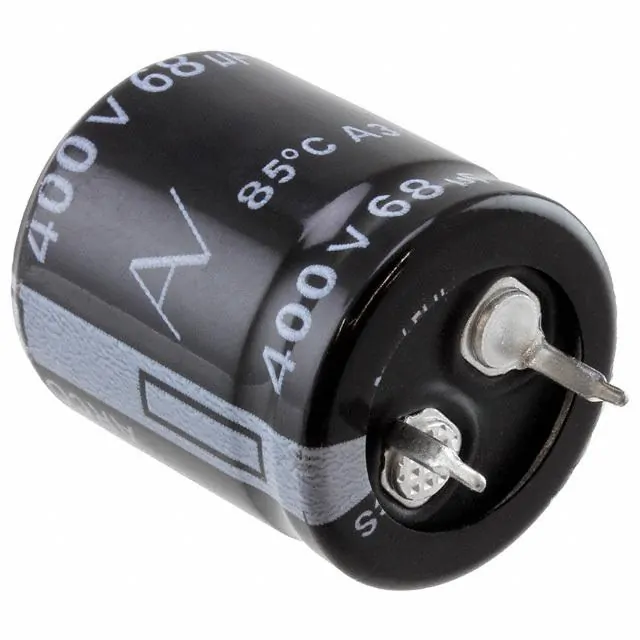 Passive Components
Passive Components









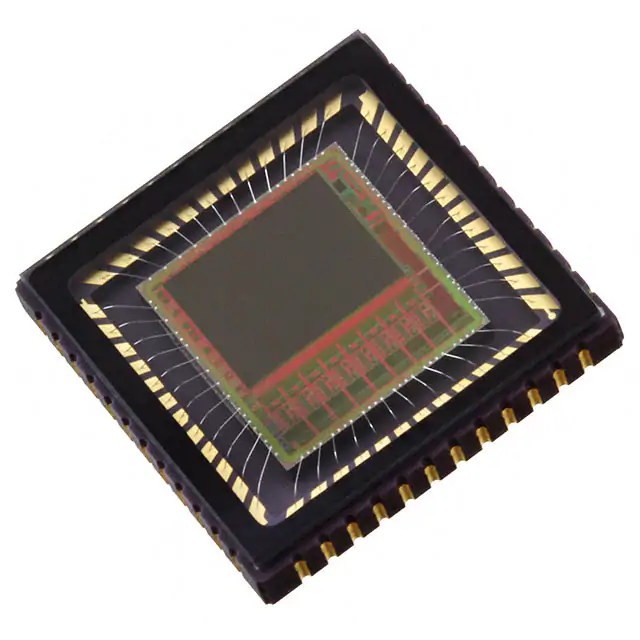 Sensors
Sensors








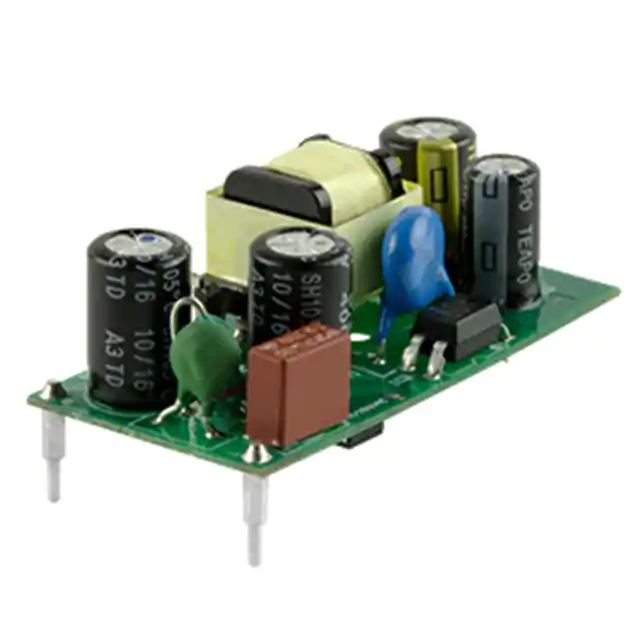 Power
Power









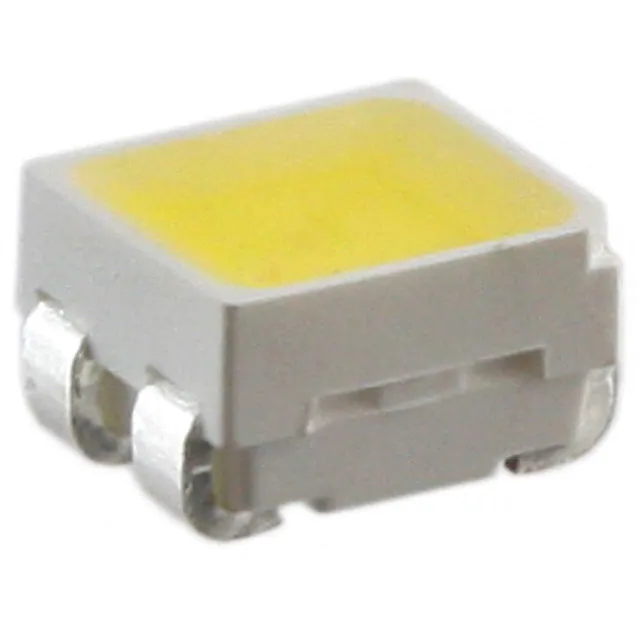 Optoelectronics
Optoelectronics








